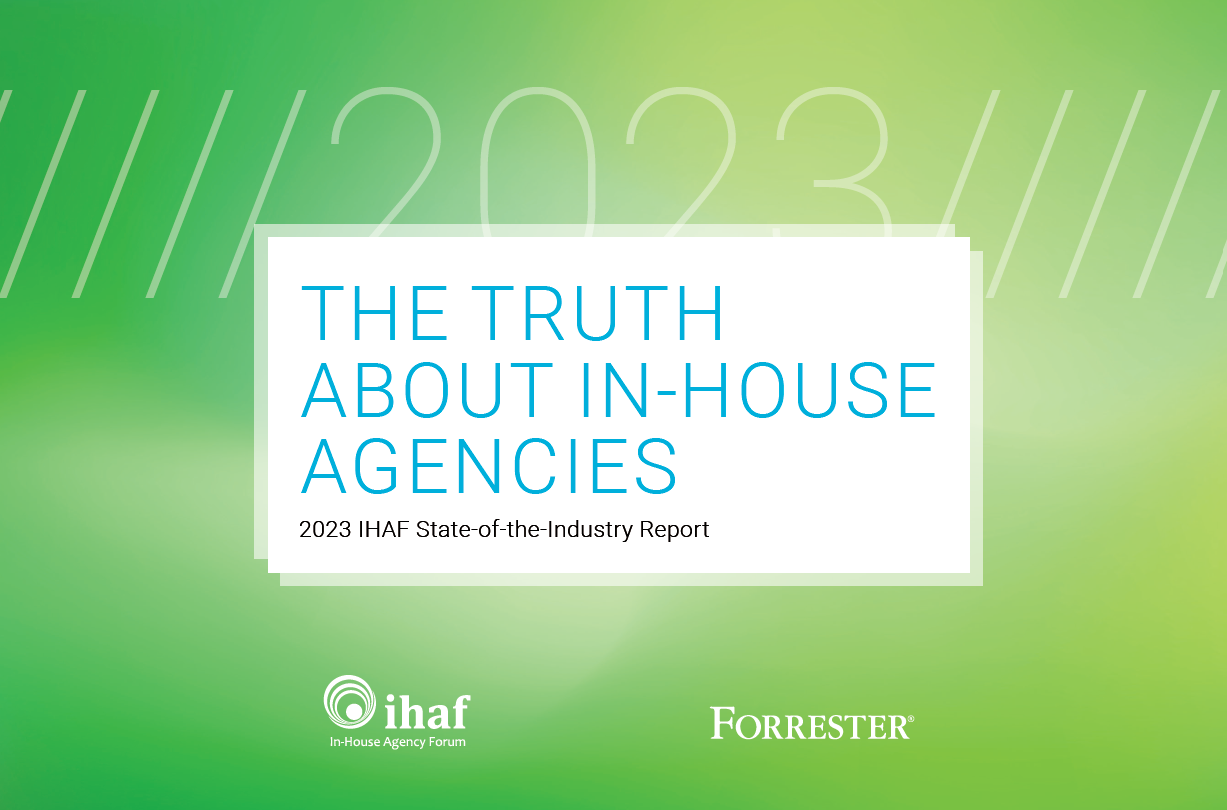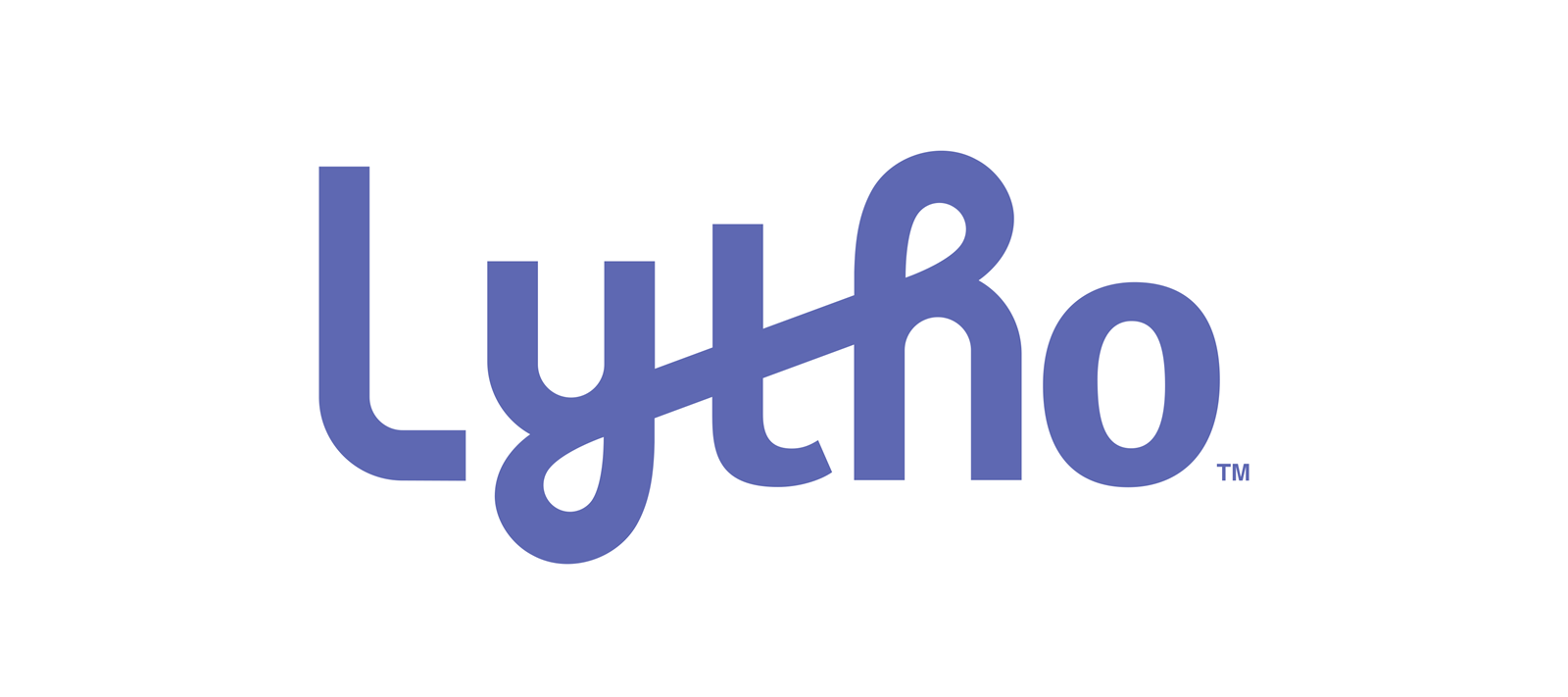Valuing Your Agency’s Performance

One of, if not the hottest topic within in-house agency management circles today is the question: to charge or not to charge?
This month at IHAF, we’ve been focusing on in-house agency performance. And while the measures of performance are many, for in-house agencies in particular, cost savings is often at the top of the list. Personally, I think any discussion about in-house agency performance has got include something on value—specifically, whether the in-house agency saves the company money and what value it delivers to the corporation.
It’s important to note, however, that charging back for internal creative and advertising services is not right for all in-house teams. But even for those agencies where charging back isn’t a fit, developing an internal tracking system that captures relative cost savings can prove to be a valuable management tool in measuring performance.
Where to Begin?
Whether you are developing a system designed to charge back for your services or a shadow system designed to monitor performance relative to outside firms, there are three critical pieces of information you need:
1. Your in-house agency’s internal “billing” rate
2. Staff hours required to complete each project type
3. Outside agency fees for similar assignments
How to Begin?
Your in-house agency’s internal “billing” rate. First you’ll need to establish the number of “billable hours” you have on staff. Billable hours represent the number of hours a staffer can apply to actual project work (including project-planning sessions) within a year. In my experience (at both large and small in-house agencies), you can assume that for contributor functions (e.g., non-manager) like account managers, copywriters, designers, etc., about 75% of their time will be “billable” (allowing for vacation, sick and admin time).
If you work a typical 40-hour week (and congratulations to you, if that’s the case), that translates to 1,560 hours per year. You might want to assume a smaller percentage of billable time for “working managers” (perhaps 25%). Regardless of your assumptions, once you calculate your total available department billable-hour pool, divide your department budget (including overhead) by the total to establish your hourly billable rate. (I bet you’ll find your rate is somewhere between $75 and $95 per hour.)
Staff hours required to complete each project type. This is the trickiest part of the equation, but it can be done even without a sophisticated time-tracking system. In fact, unless you already have a sophisticated time-tracking system, I urge you to forgo one. It’s simply not worth the time and effort. All that’s required is to have your staff account for their daily hours against individual projects. No need to breakdown and account for the specific tasks of a particular function. It is critical though to capture accurate data on a daily basis.
By capturing hourly activities in this way, it won’t take long to establish your benchmarks of total hours by project type (direct mail, banner ads, sales brochures, etc.). Applying your billing rate to the hours per project type will yield an average “project fee” (helpful to have whether you charge for your services or not).
Outside agency fees for similar assignments. There are many ways to determine what an external agency would charge for a “similar” project. Perhaps the easiest is to contact a local outside agency and ask them to bid on a project that you’ve already produced. Another approach I’ve used is to talk to your IHAF colleagues to understand what their billable rates are and what billable rates their external agencies use. (If you’re a member of IHAF, you have access to over 800 other members who are part of IHAF’s LinkedIn group—and that’s a great place to start a conversation like this.) In addition there are a number of public secondary sources that publish “average” hourly billable rates by job function.
What’s Your Performance Story?
While I am a proponent of understanding, documenting and articulating an in-house agencies’ performance story, whatever it is—customer satisfaction scores, speed-to-market metrics, click-through rates on email campaigns, creative outputs/staff ratios, etc.—I am not a proponent of starting that story with the cost advantage in-house vs. external agency (unless I’m talking to a supply chain or finance executive). I believe an in-house agency’s true value goes far beyond saving dollars. I prefer for cost savings to be the exclamation point at the end of the story rather than the opening salvo. As to the question of “to charge or not to charge,” what’s your story?
Recent Posts

In-House Data: Fact or Fiction?
October 16, 2023
I’m going to be honest with you, which I always am but this time it’s scary honesty. There are a lot of in-house agency research reports out there. And not all of them contain data that are close to the integrity of the studies IHAF publishes—the next of which drops at the IHAF conference on …

IHAF Wrapped
December 20, 2023
One of our favorite things to do at year-end is look back at the events, presentations, and online resources our members tapped most. (Why should Spotify have all the fun?) Here are a few of your favorites in 2023:
• New Assortment of Org Charts Download • Updated Job Profiles …



















%20(1).pdf%20-%20Copy.jpg)

%20(1).png)


No Reader Comments